Think Like A Designer, Solve Problems Better
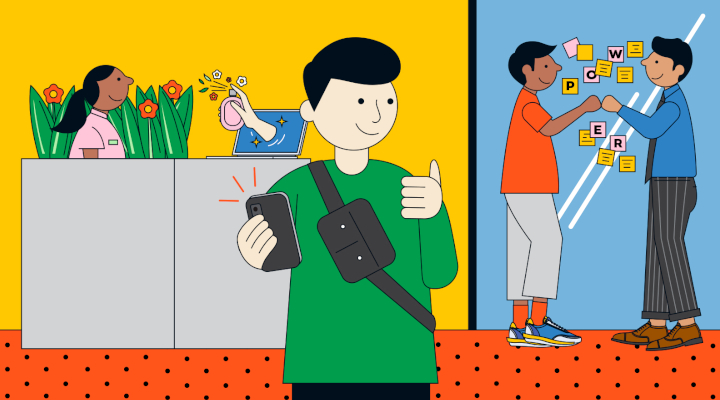
More than a decade ago, DBS was known by an unfortunate nickname: “Damn Bloody Slow”.
A culture of corporate hierarchy had left DBS’ customer-facing employees with little power to make decisions and no way of giving feedback to management, leading to poor customer service.
DBS knew that in order to win the hearts of their customers, they had to build a culture that put user experience at the centre of decision-making. This meant adopting an employee-centric mindset first to allow their staff to understand the importance of user centricity.
That same year, DBS underwent a transformation to change customers’ banking experience by making internal improvements: they dismantled the rigid hierarchy, redesigned their offices to be more open and collaborative, and created feedback channels for staff. They also started simple and easy to remember behavioural guides to help their employees prioritise the user first.
Design Thinking and Why It Is Important
The user centricity practised by DBS is core to design thinking – a human-centred approach to innovation that involves thinking like a designer to solve real-world problems creatively.
Solutions are built in response to empathising with users by understanding their needs and the problems they may encounter. Because of this, experimentation and quick iterations are necessary to refine the solutions.
This also enables organisations to be more responsive to changes, pivot quickly during crises and respond to operational problems with greater speed and efficiency.
Some Essential Questions To Ask at the Start of Each Project
Whether you are creating a product, service or experience, ask yourself these questions to ensure that your project eventually meets the needs of your users.
- What problems are our users currently facing? How does our project address these problems?
- What issues might someone from a different department find with our project? How might our project be more holistic?
- Put yourself in the shoes of a user interacting with this proposed solution for the first time. What feedback would you give to the project team?
Here are some qualities of organisations that believe in the power of design:
1. Agility and Flexibility
When COVID-19 prompted shopping to move online, LUXASIA, a leading omnichannel partner for luxury beauty and lifestyle brands, faced a new challenge: engaging its customers online without compromising the VIP experience they normally received in-store.
LUXASIA leveraged its years of work establishing an omnichannel presence. Retail staff took their beauty consultation services online. Customer Engagement Officers reached out to VIP customers with personalised product recommendations. In the Philippines, a beauty drive-through was piloted to enable customers to collect their purchases without leaving their cars.
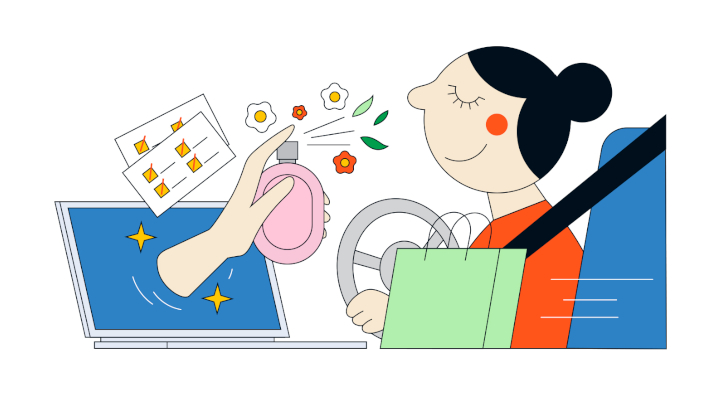
Rather than be restricted by a fixed strategy, LUXASIA took on new ways of working and exhibited readiness to pivot quickly to best meet their customers’ changing needs. Such agility to adjust and evolve is necessary – even if it means making radical changes.
2. Diversity in Talent and Thought
Having teams of diverse individuals enables gathering of different user perspectives and insights to create alignment and development of more holistic solutions.
At the Government Technology Agency of Singapore, for example, employees are split into squads (made up of different specialists) and tribes (groups of squads that work on similar projects). This enables cross-functional collaboration and knowledge sharing across the whole organisation.
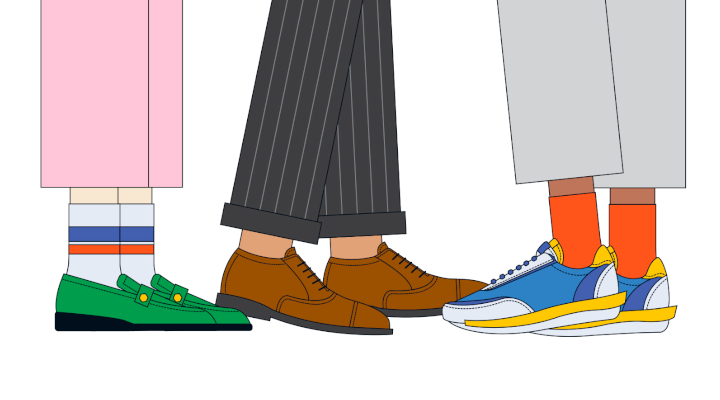
It is also important to ensure that diverse perspectives can be moulded into a coherent and effective solution. For insurance company Great Eastern, this is woven into their product development process.
All products need to meet three criteria in order to be prototyped – customer, internal expert and technical validation. These criteria ensure that each project involves collaboration with other departments, and that effort and resources are focused on building the best solutions.
3. Empowered (But Accountable) Employees
Empowering employees with autonomy to take ownership enables them to do what they think is best to serve the immediate needs of the user without going through lengthy approval processes for smaller-scale projects.
At the National Library Board (NLB), for example, Public Library Officers are free to implement solutions based on ground observation or patron feedback, without the need to obtain HQ’s approval first.
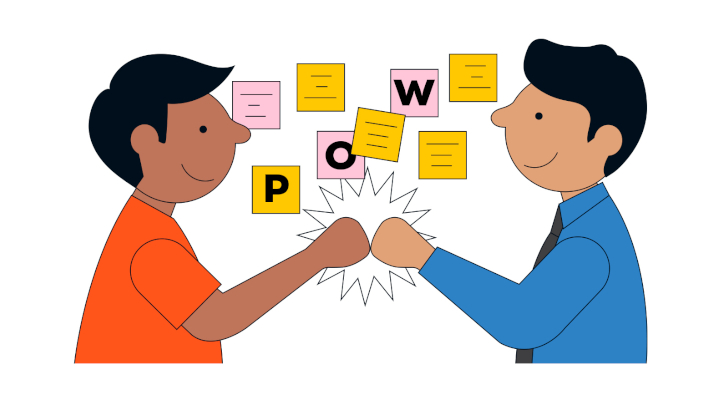
The NLB’s leadership team also organises a weekly programme called “the huddle” – a platform for staff to pitch large scale ideas for the library, such as programmes or improvements that will benefit the different communities they serve.
These meetings are framed as co-creation sessions rather than reviews. Ideas that can be refined and improved are given support and resources. Staff are then put in charge of developing the idea, remaining accountable to the resources allocated to them.
4. Connectedness With Users
User centricity means being in touch with not just customers but staff too. This enables organisations to identify discrepancies between their objectives and that of their users.
This can be done by personally engaging with users, or immersing staff in the user experience journey. At technology company Grab, all staff are required to spend a day as a delivery man or driver as part of their onboarding, so they can better understand how their app is used on a daily basis.
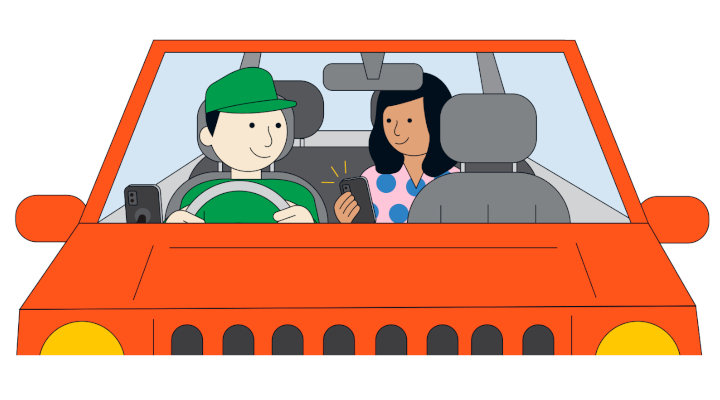
Connectedness with users also means that decision-making should not be based solely on staff reports, especially where understanding ground realities is more important – for example, in situations that directly affect users.
At Tan Tock Seng Hospital (TTSH), for example, members of the senior management visit various departments to speak with staff to get a better understanding of the difficulties they face and the support they need. As Ms Lynette Ong, Director of Transformation Office at TTSH, puts it, “Are our processes based on what we think or what is really happening?”
5. Valuing Their Employees
Staff can only genuinely care for their guests if they first feel cared for. This is the philosophy held by Banyan Tree Group, a hospitality company that prides itself on its culture of authentic care for both guests and staff. Such a user-centric approach in designing the employee experience inspires its staff to care for the wellbeing of guests.

Employees are given time to participate in volunteer work and spend time in nature during work hours, to increase their sense of purpose outside of their daily tasks. Employee development is tailored to each individual’s desires, interests and strengths, and can be co-created with the employee. By consistently taking care of their employees, Banyan Tree Group sets the bar high for how well their guests should in turn be taken care of.
Read More
To learn more about how organisations can build a design-led culture through principles exemplified by leading companies locally and internationally, check out “It’s All About Culture: Better Businesses by Design”, a design-led culture study playbook by DesignSingapore Council and ROHEI Learning and Consulting.

To get more stories like this, subscribe to the Challenge newsletter or follow the Challenge Telegram channel.
- POSTED ON
Mar 2, 2022
- TEXT BY
Hidayah Md Sham
- ILLUSTRATION BY
Mushroomhead








